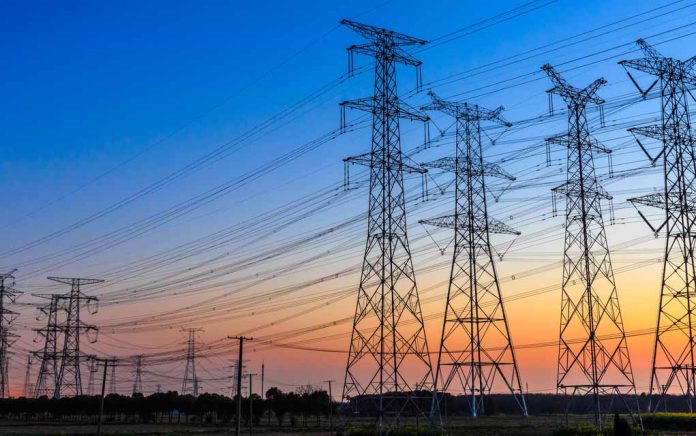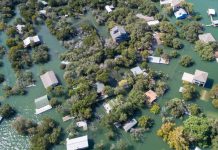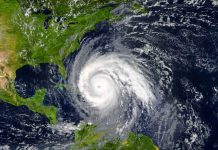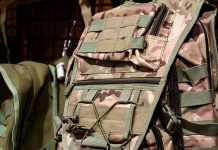
(TacticalNews.com) – It’s hard to think of anything that could destroy our society as quickly and completely as an Electromagnetic Pulse (EMP) attack. A single nuclear weapon, detonating 300 miles up, would release a cascading burst of electromagnetic energy capable of burning out electronics, overloading transformers and even melting power cables. This would almost instantly wipe out most electronics and pretty much the entire electrical grid over a large part of the US.
A coordinated attack with half a dozen weapons would affect the entire country in multiple ways:
- In a matter of seconds, we’d lose most vehicles, vital appliances like freezers and refrigerators, even lighting and heating.
- Maybe worst of all, we’d lose the communication networks that hold the country together and let a modern society function.
- An EMP would wipe out the internet, except for some hardened government and military subnets.
- Cellphones would die — even if their onboard chips weren’t fried, the cellular towers they rely on would be destroyed by the pulse.
- Large parts of the phone network run on VOIP now, and the IP stands for Internet Protocol, so that won’t be working. Conventional phone exchanges include a lot of electronics, so they won’t survive either.
Unfortunately, without communications, it’s almost impossible for society to start rebuilding itself. There’s no way for communities to talk to each other. That means they can’t warn each other of dangers, arrange to share resources or tell rescuers where they’re needed.
If you want any post-EMP future beyond struggling to survive as an individual or small group, you need to look at ways of communicating that will survive the pulse. Usually, that’s going to be a radio — specifically an amateur, or “ham” radio.
Amateur radio use is regulated and licensed by the FCC, and it’s worth getting a license just to gain experience and build up contacts, but you can own the equipment and listen in without one — you just can’t legally transmit signals. Obviously that won’t be a worry after an EMP.
Ham radio already has multiple frequencies dedicated to preppers and survivalists. After an EMP, they will be a quick and reliable way to get in touch with others and start cooperating.
Depending on the equipment you have, ham radio can have a very long range. Popular sets range from handheld UHF and VHF sets that work within line of sight, up to HF base stations that can bounce a skywave off the ionosphere and talk to anywhere in the US — and, if you’re skilled enough, around the world.
The secret is making sure that your radios survive the EMP — they’re electronic, after all, and vulnerable to damage. The best way to avoid this is to keep them in a Faraday cage when they’re not in use. If you plan to use your radio regularly, consider having a backup system in a Faraday cage to make sure you’re not using the only one you have when the weapon detonates.
Ham radio is a good way to meet fellow preppers, build a community and find out what’s happening around the country. It’s also one of the few communications networks that will survive an EMP. If you’re serious about prepping, this is something you can’t ignore.
Copyright 2021, TacticalNews.com



















